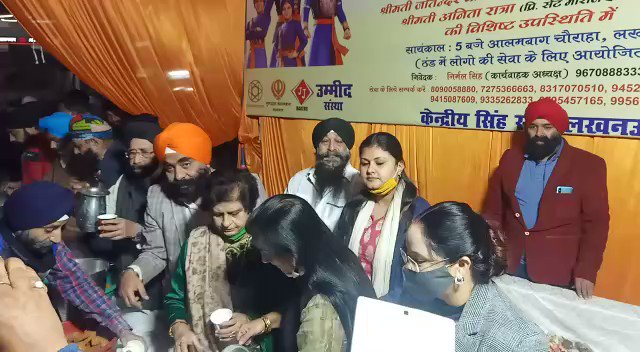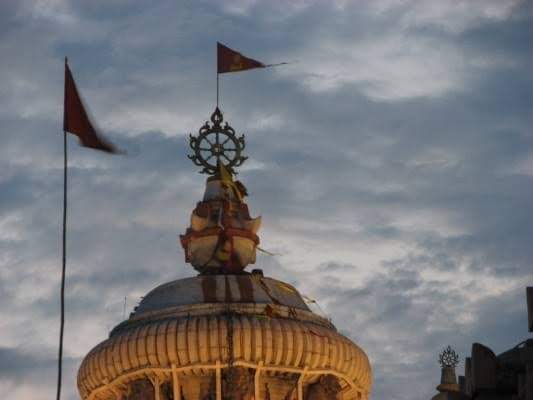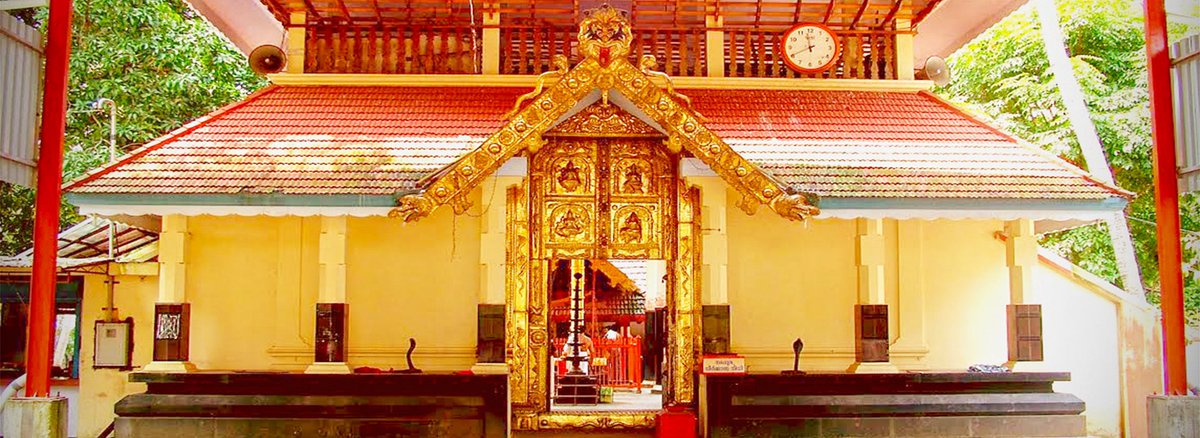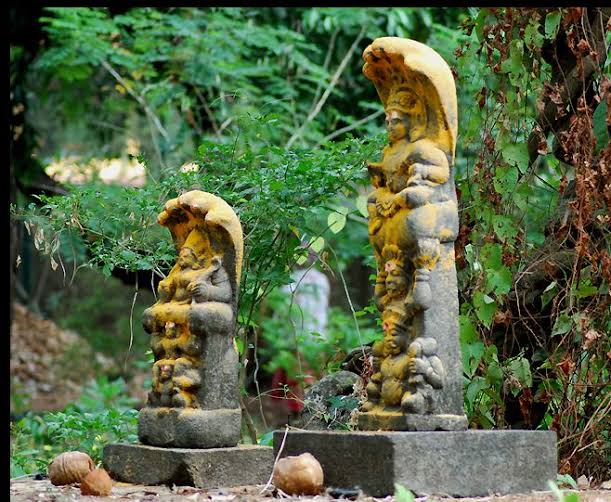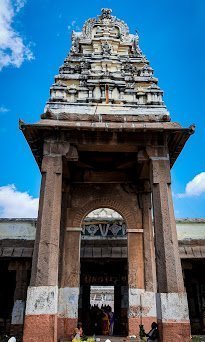#FarmReforms
#FarmBills
Who Is Protesting and Why?
Reforms have proved controversial. In Sept, BBC wondered whether they were a “death warrant” for farmers.
Some worry whether reforms might lead to the end of wholesale markets and guaranteed
Farmers might go from the local monopsonies of APMCs to the national oligopoly of Amazon-like behemoths.
Other crops do not qualify, nor do fruits and vegetables.
This was higher than the market price, but a hefty chunk of the support price ends up in the hands of middlemen through various fees and charges.
As a result, farmers in 25 of India’s 28 states and all eight union territories have not taken to the streets.
As per this farmer leader, open and competitive markets, instead of a top-down command-and-control agricultural economy, served farmer interests better.
In fact, it wants to go much further.
It wants the government to remove the ban on the export of onions and threatened to pelt BJP MPs with onion bulbs if the government fails to do so.
Not all farmers are protesting. Protests are largely confined to Punjab, Haryana and Jat strongholds in western Uttar Pradesh.
It elects 38 out of 543 MPs in the Lok Sabha, but its proximity to the capital gives it disproportionate power.
Home to Green Revolution, it has benefited from massive govt spending for decades
Irrigation subsidies account for another $190 per year. Punjab, Haryana and western UP benefit from other subsidies as well.
Some of their family members are part of the Indian diaspora in Australia, Canada, the UK, the US and elsewhere.
Some of them continue to be absentee landlords.
As a result, a narrative has emerged in the English-speaking press that is not entirely unbiased.
Some attacked the police, destroyed public property and flew flags on the Mughal-built Red Fort from where prime ministers address the nation.
This caused outrage and weakened the movement.
He broke down in tears and threatened to hang himself if the BJP government did not repeal its reforms.
Per the Indian press, Rakesh Tikait is a former policeman with assets worth 80 crore rupees ($11 million), a significant sum for a farmer in India.
They form part of the almost feudal elite that has dominated the APMCs and the rural economy for decades.
Winners of old sys and desperate not to lose what they have.
More from India
You May Also Like
Great article from @AsheSchow. I lived thru the 'Satanic Panic' of the 1980's/early 1990's asking myself "Has eveyrbody lost their GODDAMN MINDS?!"
The 3 big things that made the 1980's/early 1990's surreal for me.
1) Satanic Panic - satanism in the day cares ahhhh!
2) "Repressed memory" syndrome
3) Facilitated Communication [FC]
All 3 led to massive abuse.
"Therapists" -and I use the term to describe these quacks loosely - would hypnotize people & convince they they were 'reliving' past memories of Mom & Dad killing babies in Satanic rituals in the basement while they were growing up.
Other 'therapists' would badger kids until they invented stories about watching alligators eat babies dropped into a lake from a hot air balloon. Kids would deny anything happened for hours until the therapist 'broke through' and 'found' the 'truth'.
FC was a movement that started with the claim severely handicapped individuals were able to 'type' legible sentences & communicate if a 'helper' guided their hands over a keyboard.
For three years I have wanted to write an article on moral panics. I have collected anecdotes and similarities between today\u2019s moral panic and those of the past - particularly the Satanic Panic of the 80s.
— Ashe Schow (@AsheSchow) September 29, 2018
This is my finished product: https://t.co/otcM1uuUDk
The 3 big things that made the 1980's/early 1990's surreal for me.
1) Satanic Panic - satanism in the day cares ahhhh!
2) "Repressed memory" syndrome
3) Facilitated Communication [FC]
All 3 led to massive abuse.
"Therapists" -and I use the term to describe these quacks loosely - would hypnotize people & convince they they were 'reliving' past memories of Mom & Dad killing babies in Satanic rituals in the basement while they were growing up.
Other 'therapists' would badger kids until they invented stories about watching alligators eat babies dropped into a lake from a hot air balloon. Kids would deny anything happened for hours until the therapist 'broke through' and 'found' the 'truth'.
FC was a movement that started with the claim severely handicapped individuals were able to 'type' legible sentences & communicate if a 'helper' guided their hands over a keyboard.












